Update-date: Jan 20 2025
Author: SAVOR JAPAN
Fugu (puffer fish) is a luxury food ingredient in Japan, and can only be prepared by specially licensed chefs because of the toxins stored within its body. Acclaimed for its distinctive texture, fugu is delicious whether raw, boiled, or fried, and is sure to get you hooked once you try it. Learn some trivia about fugu before trying it at some of the recommended restaurants below. Hopefully, you'll be able to use some of the information in this article as a reference for your travels!
What is Fugu?
Fugu have a long and famous history as a luxury food ingredient in Japan. There are many species of the fish, with over 100 kinds worldwide and approximately 40 species inhabiting Japan. There are thorns on the surface of the fish's body, and the fish is known for puffing up when startled. Fugu are in season from September until March. From April to June, fugu begin to store nutrients in their livers in preparation for the spawning season, causing the toxins in the ovaries to become especially strong and dangerous. Since consuming the fugu's toxins can result in death, the handling of fugu requires a special license.
The History of Fugu Consumption in Japan
![The History of Fugu Consumption in Japan]()
![The History Behind Fugu Cuisine and Different Delicious Ways to Eat Fugu]()
Fugu has a history within Japan that dates back many centuries, and though there are many different theories on its exact origin, fugu bones found in a kaizuka (a trash dump in ancient times, named for how mounds of kai, or clams were found there) dating back at least 2,800 years is evidence that fugu were already being fished and consumed at the time. Then, in the 16th century, a law prohibiting the consumption of fugu was passed in response to an outbreak of deaths due to the fish's toxins. Consumption became more widespread about 130 years ago. Ito Hirobumi, the prime minister at the time, praised the taste of fugu, and the prohibition law was repealed. Since then, further efforts were made to ensure the safe consumption of fugu, and in 1930, the Tokyo Fugu Ryori Renmei (Cooking Alliance) was formed. They publicized safe handling methods and lectures, which contributed to the spread of fugu consumption. In order to remember their efforts, there is a monument memorializing fugu in Ueno Onshi Park in Ueno, Tokyo. *Refer to the first image
Fugu Distribution in Japan
Though Shimonoseki City in Yamaguchi Prefecture is famous for its fugu, the volume of fugu caught there is actually not particularly high compared to the rest of Japan. In spite of this fact, there is a reason for the liveliness of the city, which has countless fugu restaurants and fugu processing factories lining its streets. Fugu consumption was prohibited prior to the Meiji Period (1868 - 1912), and the first city to have the ban lifted was Shimonoseki City. At present, the city has its own brand of fugu called "Shimonoseki Fugu" and it has become a distribution hub for fugu caught not only within Japan, but from all around the world.
Delectable Ways to Eat Fugu
The first thing that comes to mind in regards to fugu cuisine is commonly tessa, also known as fugu sashimi. Tecchiri, or fugu boiled in a hot pot, is a favorite in cold winters, and offers a pleasant springy texture different from fugu sashimi. High in protein and low in calories, grilled fugu is great in the hot summers when looking for an energy booster. Otherwise, the plump texture of deep-fried fugu is also popular.
1. Ipponyari
High-class torafugu (pufferfish) swims comfortably in the fish tank year-round at Ipponyari, where fresh and delicious fugu dishes are prepared to order. Grilled fugu with house-made sauce offers an exceptional taste, and the owner, trained in Japanese cuisine, creates beautifully presented dishes. The "Fugu Course" with all-you-can-drink is a great way to fully enjoy the delicacies of fugu. The restaurant's elegant interior, with table seating overlooking a Japanese garden and private rooms, is perfect for gatherings, entertainment, and family events like 60th birthdays and anniversaries.
Ipponyari
Open:
[Tuesday-Sunday, National Holidays] Dinner 5:00 pm - 9:30 pm (L.O. 9:00 pm)Closed:
MondayAverage price:
[Dinner] 10,000 JPYAccess:
10-minute walk from Fujimori Station, 10-minute drive from Fushimi InariAddress:
7-76, Fukakusa Nishiura-cho, Fushimi-ku, Kyoto-shi, Kyoto MapMore Details Reservation 2. Fugu Ryori UMEI
UMEI offers fugu cuisine and is located a 4 minute walk from Tameike-sanno Station. It serves artistic fugu cuisine in which artisan skill truly shines. The fugu flavors are drawn out with unique cooking methods, and guests can enjoy diverse fugu masterpieces, including original cuisine, through the Chef's Choice Courses. In addition, the Japanese sake selected by the owner is all added to the lineup after he tastes it. This lineup includes high quality brands that go well with the fugu and Japanese food. It consists of 15 to 20 kinds of amazing drinks that are particular to each period.
Fugu Ryori UMEI
Open:
Dinner 6:00 pm - 11:00 pm (L.O. 10:30 pm)Closed:
SundayAverage price:
[Dinner] 18,000 JPYAccess:
4-minute walk from Exit 11 of Tameike-sanno Station on the Ginza Line and Namboku Line / 6-minute walk from Exit 3 of Roppongi-itchome Station on the Namboku LineAddress:
2-18-13, Akasaka, Minato-ku, Tokyo Map
More Details Reservation Disclaimer: All information is accurate at time of publication.
Thank you for reading our article.
Our goal is to take your culinary journey to the next level by helping you find the best restaurant.
With SAVOR JAPAN, you can search and make reservation for the restaurant found in and around Nagoya, Yamaguchi, Tokyo, Osaka, and Kyoto that matches to you perfectly.
Discover more restaurants by area
Tokyo Area
Near Tokyo
Kyoto and Osaka Area
Hokkaido Area
Northern Honshu (Tohoku)
Central Honshu (Chubu)
Western Honshu (Chugoku)
Shikoku
Kyushu
Okinawa and Southeast Islands

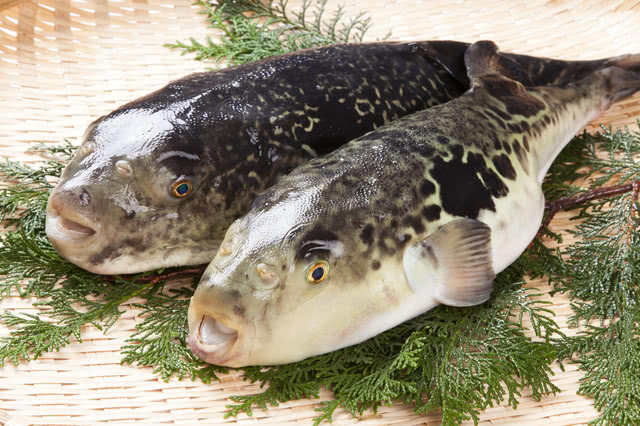
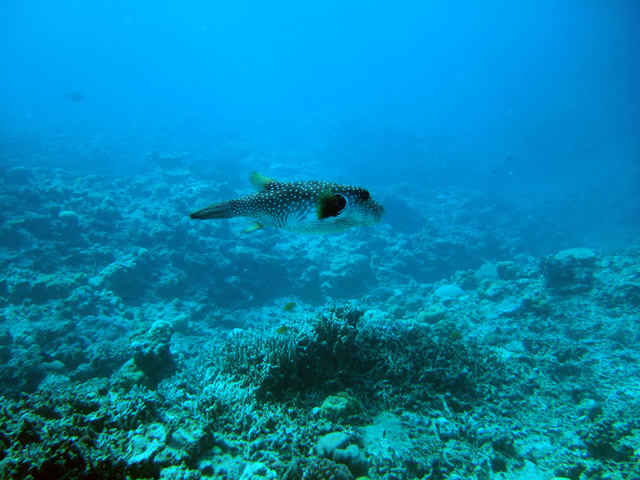
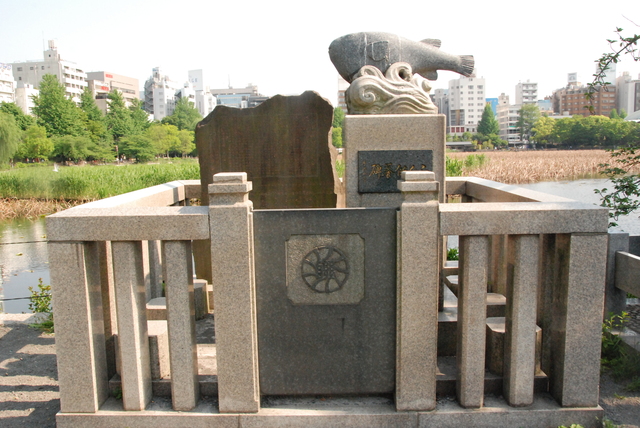
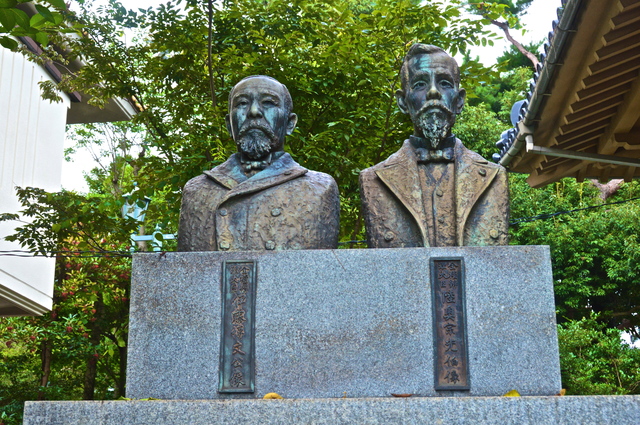
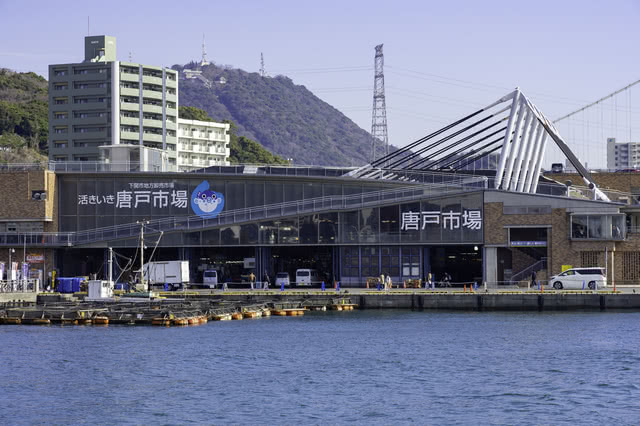
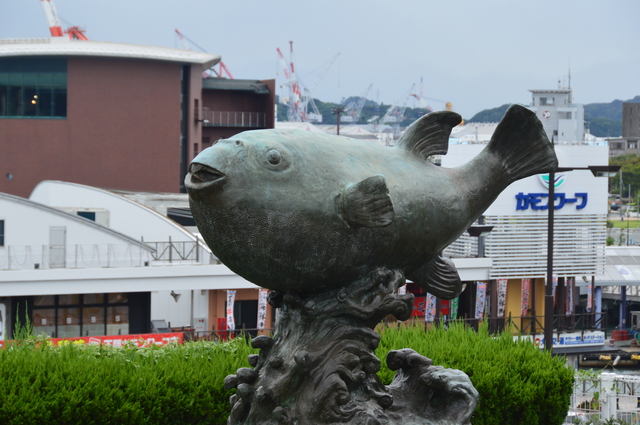
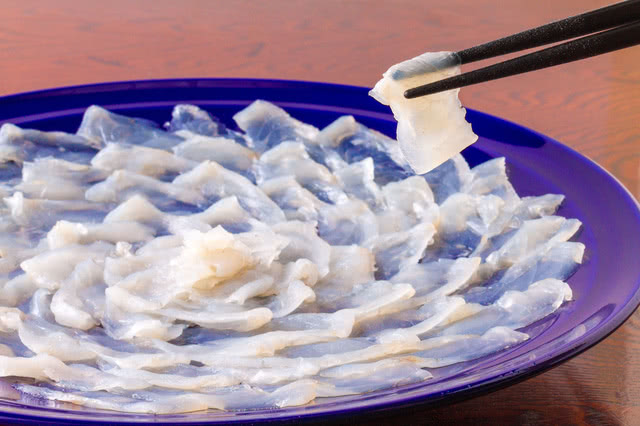
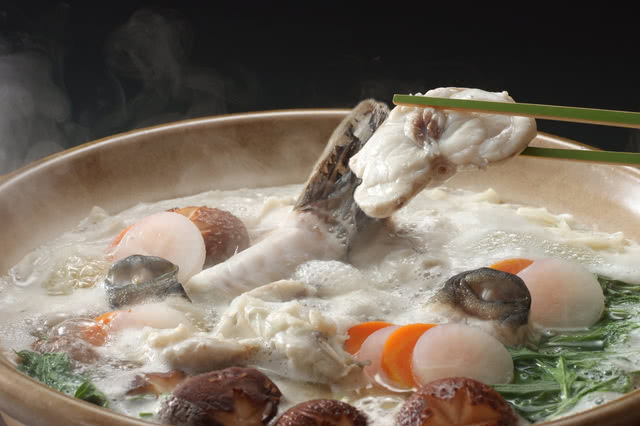
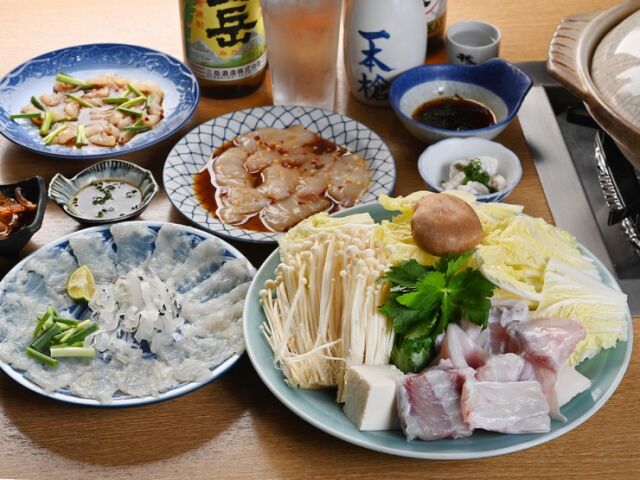
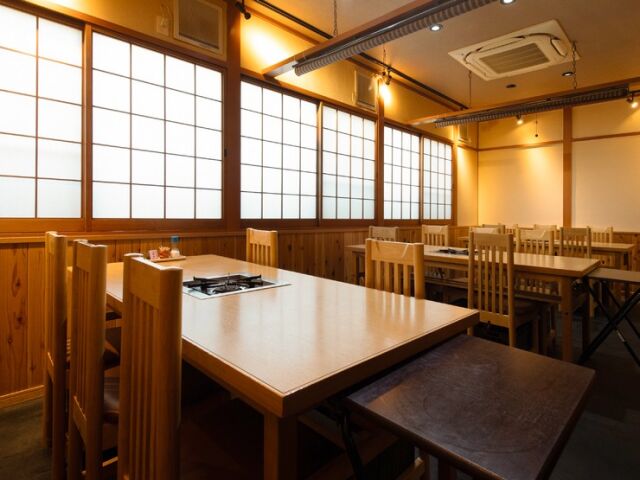
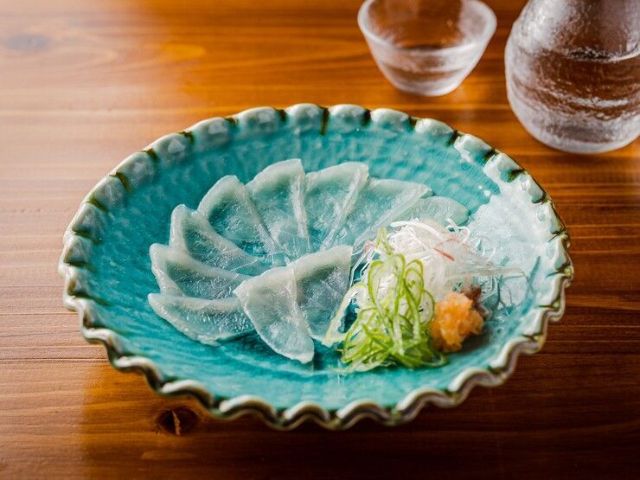
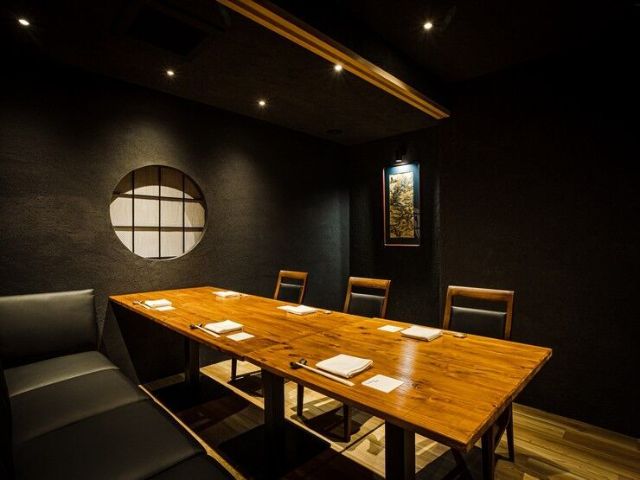









![Azabudai Hills [SUMI] (Janu Tokyo) ~ Editor's Afterword by the Editor-in-Chief of Japan's Gourmet Site](https://rimage.savorjapan.com/svj/image/discover_oishii_japan/6536/article_head_150x105z.jpg)









